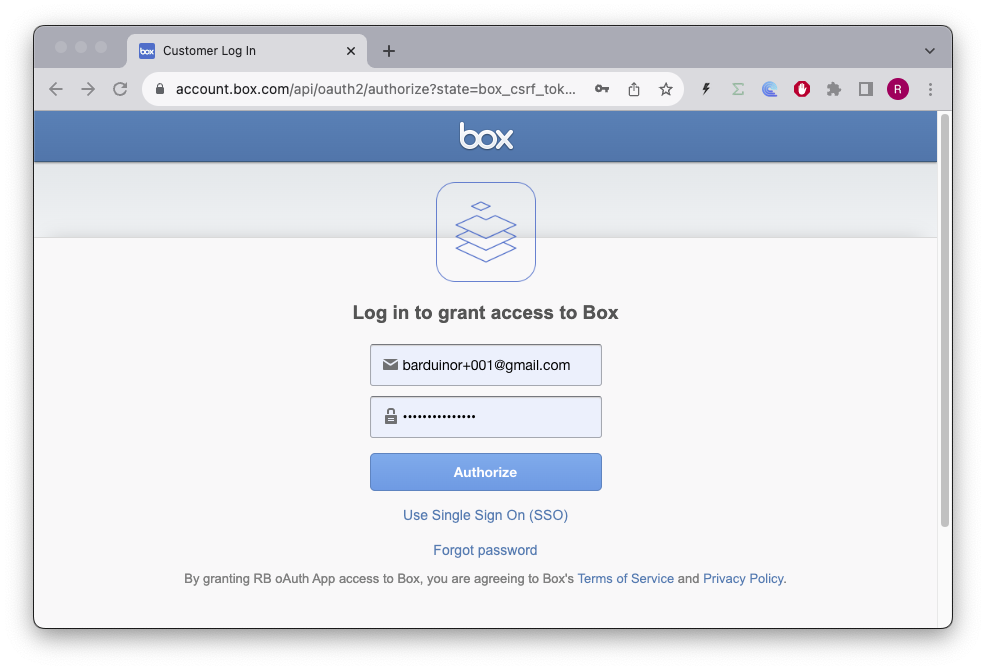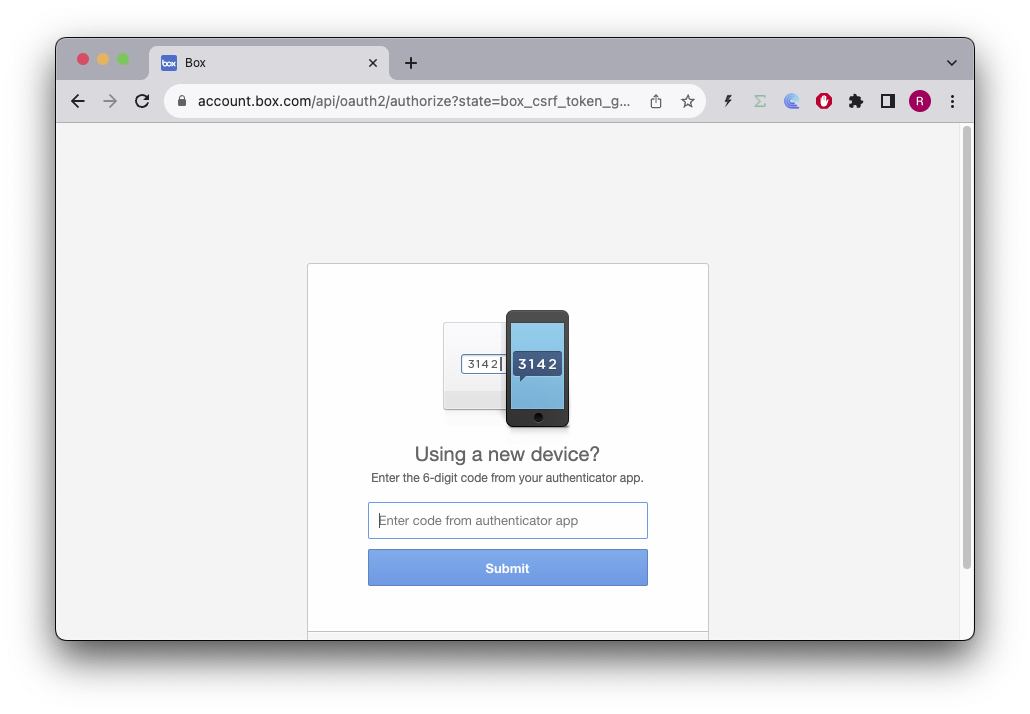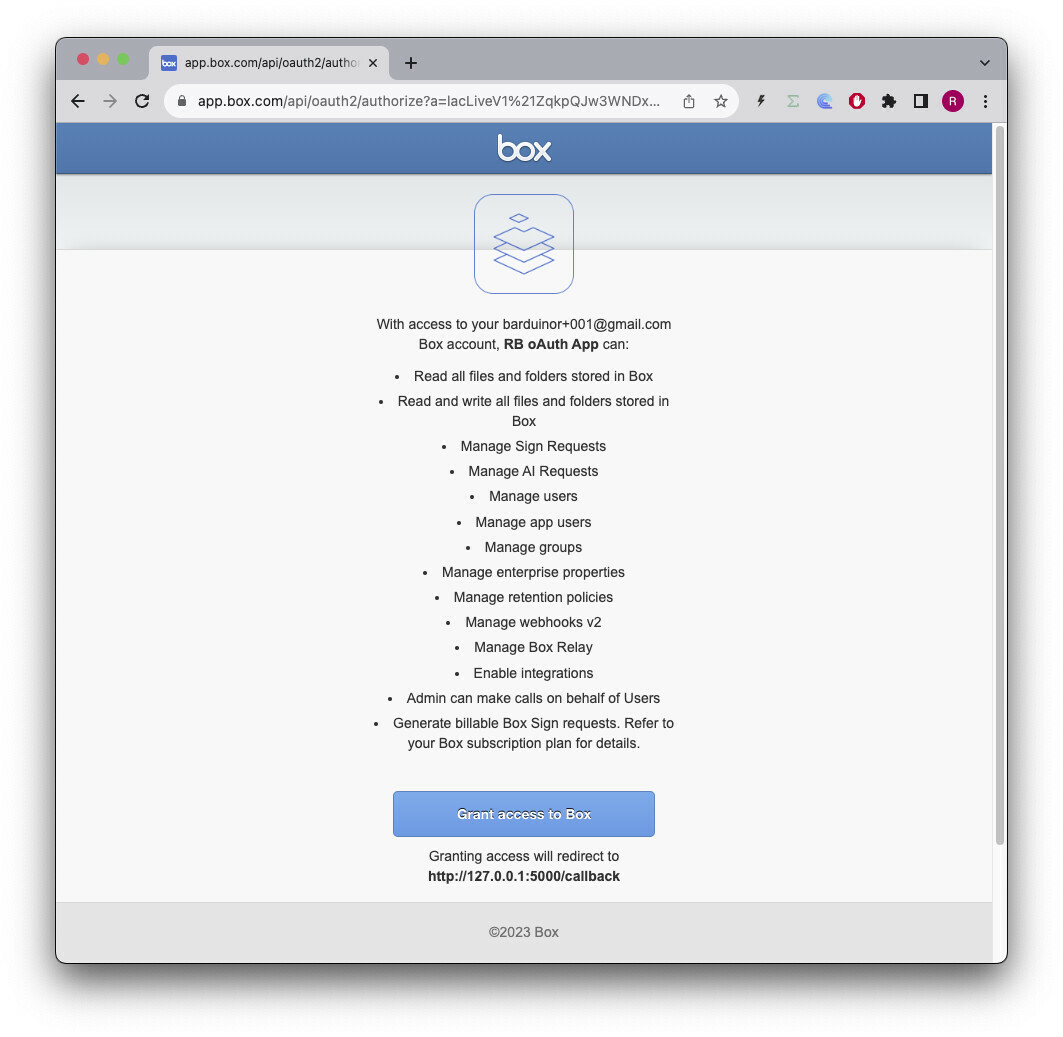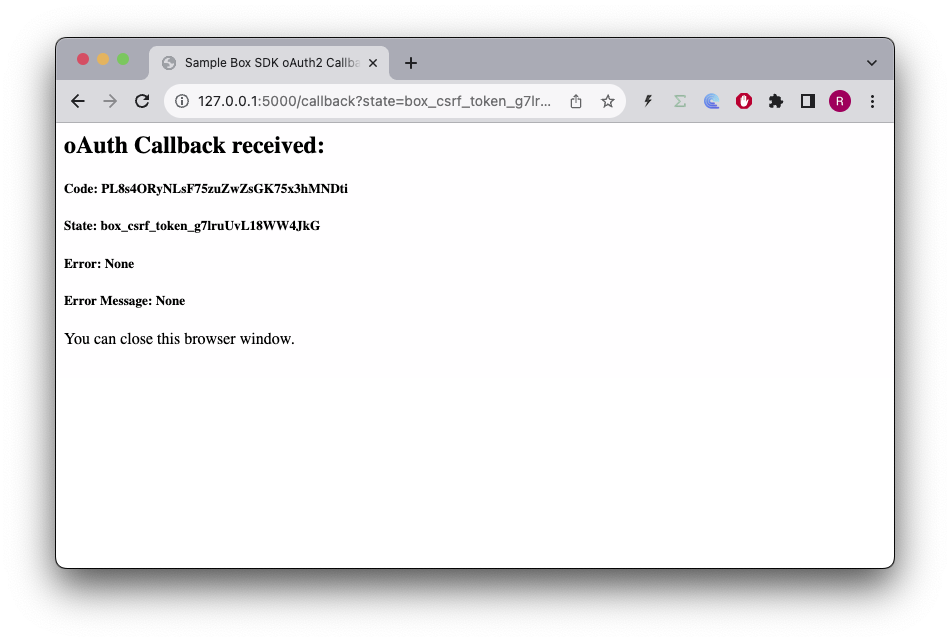Hello,
2-step authentication causes the OAuth 2 flow to fail. There’s also a 404 error. This problem is completely new and was reported to me yesterday.
OAuth fails with 2-step authentication
Enter your E-mail address. We'll send you an e-mail with instructions to reset your password.






